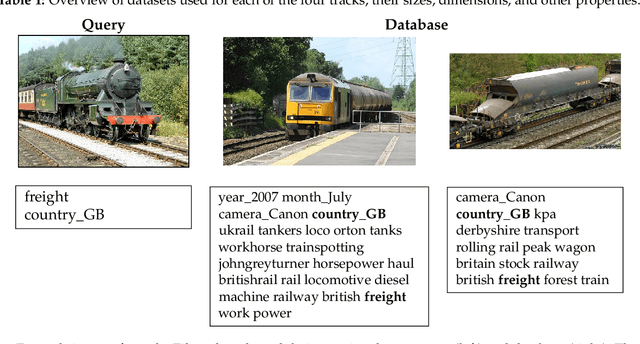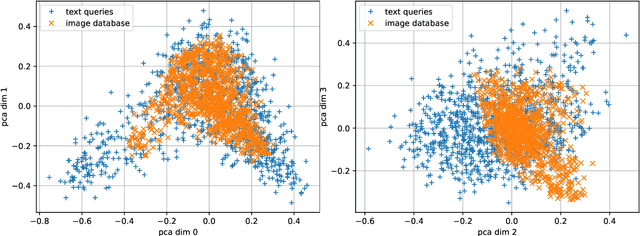Magdalen Dobson Manohar
In-Place Updates of a Graph Index for Streaming Approximate Nearest Neighbor Search
Feb 19, 2025Abstract:Indices for approximate nearest neighbor search (ANNS) are a basic component for information retrieval and widely used in database, search, recommendation and RAG systems. In these scenarios, documents or other objects are inserted into and deleted from the working set at a high rate, requiring a stream of updates to the vector index. Algorithms based on proximity graph indices are the most efficient indices for ANNS, winning many benchmark competitions. However, it is challenging to update such graph index at a high rate, while supporting stable recall after many updates. Since the graph is singly-linked, deletions are hard because there is no fast way to find in-neighbors of a deleted vertex. Therefore, to update the graph, state-of-the-art algorithms such as FreshDiskANN accumulate deletions in a batch and periodically consolidate, removing edges to deleted vertices and modifying the graph to ensure recall stability. In this paper, we present IP-DiskANN (InPlaceUpdate-DiskANN), the first algorithm to avoid batch consolidation by efficiently processing each insertion and deletion in-place. Our experiments using standard benchmarks show that IP-DiskANN has stable recall over various lengthy update patterns in both high-recall and low-recall regimes. Further, its query throughput and update speed are better than using the batch consolidation algorithm and HNSW.
Range Retrieval with Graph-Based Indices
Feb 18, 2025Abstract:Retrieving points based on proximity in a high-dimensional vector space is a crucial step in information retrieval applications. The approximate nearest neighbor search (ANNS) problem, which identifies the $k$ nearest neighbors for a query (approximately, since exactly is hard), has been extensively studied in recent years. However, comparatively little attention has been paid to the related problem of finding all points within a given distance of a query, the range retrieval problem, despite its applications in areas such as duplicate detection, plagiarism checking, and facial recognition. In this paper, we present a set of algorithms for range retrieval on graph-based vector indices, which are known to achieve excellent performance on ANNS queries. Since a range query may have anywhere from no matching results to thousands of matching results in the database, we introduce a set of range retrieval algorithms based on modifications of the standard graph search that adapt to terminate quickly on queries in the former group, and to put more resources into finding results for the latter group. Due to the lack of existing benchmarks for range retrieval, we also undertake a comprehensive study of range characteristics of existing embedding datasets, and select a suitable range retrieval radius for eight existing datasets with up to 100 million points in addition to the one existing benchmark. We test our algorithms on these datasets, and find up to 100x improvement in query throughput over a naive baseline approach, with 5-10x improvement on average, and strong performance up to 100 million data points.
Results of the Big ANN: NeurIPS'23 competition
Sep 25, 2024



Abstract:The 2023 Big ANN Challenge, held at NeurIPS 2023, focused on advancing the state-of-the-art in indexing data structures and search algorithms for practical variants of Approximate Nearest Neighbor (ANN) search that reflect the growing complexity and diversity of workloads. Unlike prior challenges that emphasized scaling up classical ANN search ~\cite{DBLP:conf/nips/SimhadriWADBBCH21}, this competition addressed filtered search, out-of-distribution data, sparse and streaming variants of ANNS. Participants developed and submitted innovative solutions that were evaluated on new standard datasets with constrained computational resources. The results showcased significant improvements in search accuracy and efficiency over industry-standard baselines, with notable contributions from both academic and industrial teams. This paper summarizes the competition tracks, datasets, evaluation metrics, and the innovative approaches of the top-performing submissions, providing insights into the current advancements and future directions in the field of approximate nearest neighbor search.
 Add to Chrome
Add to Chrome Add to Firefox
Add to Firefox Add to Edge
Add to Edge